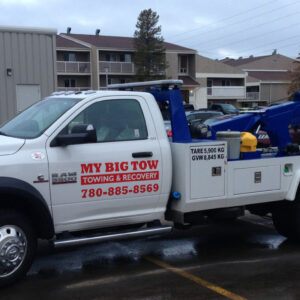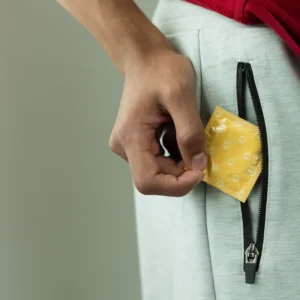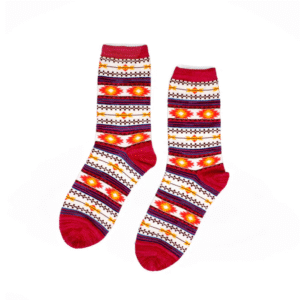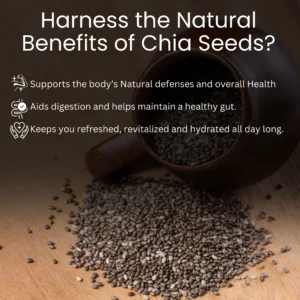Swirl marks are like fine scratches that sit on the surface of your car’s clear coat, creating a hazy, dull appearance, especially noticeable under sunlight or showroom lighting. If you’re in Australia, dealing with harsh UV rays, red dust, or salty coastal air, swirl marks can quickly get worse if untreated. Thankfully, using a car polisher is one of the most effective ways to restore that glossy, mirror-like finish. Let’s dive into everything you need to know to remove swirl marks like a pro, right from your garage.
What Are Swirl Marks and Why Do They Matter?
How Swirl Marks Form
Swirl marks typically appear as circular micro-scratches on the surface of your car’s paint. These aren’t just random scratches; they’re usually caused by improper washing, drying with dirty towels, or even automated car washes. When viewed under direct light, they create a spiderweb-like effect that ruins your car’s appearance.
Swirl marks often develop over time due to the friction of dirt particles during washing. These particles, when dragged across the paint by a sponge or cloth, leave behind a trail of tiny abrasions. Every wash without a proper technique adds to the damage.
Common Causes of Swirl Marks in Australian Conditions
Australia presents a unique environment that makes swirl marks even more common:
- Dust storms in outback and regional areas that cling to your paint and cause abrasions.
- Beach salt and humidity in coastal areas speed up paint degradation.
- Bushfire ash, another issue for Aussie car owners, can act like sandpaper if not rinsed off gently.
Swirl marks are more than just an eyesore; they’re a warning sign that your paint is under constant attack. Ignoring them reduces your vehicle’s resale value and may lead to deeper paint damage over time.
Understanding the Role of a Car Polisher
Dual Action vs Rotary Polishers
When it comes to polishing out swirl marks, not all car polishers are created equal. The two main types are:
- Dual Action (DA) Polishers: These are beginner-friendly and much safer for home use. The head spins in two directions simultaneously, mimicking hand movement and reducing heat buildup.
- Rotary Polishers: Used by professionals, they rotate on a single axis and remove defects faster, but come with the risk of burning the paint if not handled properly.
If you’re just starting out, a dual-action car polisher is your best bet. It’s forgiving, lightweight, and capable of delivering stunning results with minimal risk.
Why a Car Polisher is Better Than Hand Polishing
Hand polishing may sound safer, but it’s far less effective. You’ll never match the consistent pressure, speed, and heat generation of a machine. A car polisher:
- Removes swirl marks and light scratches more efficiently
- Restores gloss and clarity faster
- Saves time and physical effort
- Helps you apply products more evenly
For Aussies who want their ride to gleam like it just rolled out of the showroom, a car polisher is a must-have tool in the car care arsenal.
Tools and Products You’ll Need
Recommended Car Polishers in Australia
When shopping in Australia, look for these top-rated polishers:
- Mint ProTools RO Polisher DAS6-V2 – A favourite among both enthusiasts and professionals.
- ShineMate EX620 – Lightweight, powerful, and widely available.
Best Compounds and Polishes for Swirl Removal
Pair your polisher with the right cutting compound and polish:
- Gyeon Compound+ – Great for swirl and scratch removal.
- Menzerna 2500 or 400 – German-engineered, offering professional-grade results.
Microfibre Pads vs Foam Pads
Your choice of pad matters as much as your polisher. Here’s a quick comparison:
| Pad Type | Best For | Pros | Cons |
| Foam Pads | General swirl removal | Gentle, versatile, easy to clean | May require more effort |
| Microfibre Pads | Deeper defect correction | Aggressive, fast correction | Can leave a haze if not followed by polish |
For best results, start with a cutting pad and follow up with a finishing pad to restore the gloss.
Step-by-Step Guide to Removing Swirl Marks
Preparing Your Vehicle for Polishing
You wouldn’t paint over a dirty wall, right? The same logic applies here. Begin with a full wash:
- Rinse the car thoroughly to remove loose dirt, ideally applying a layer of snow foam for extra lifting power.
- Use the two-bucket method with grit guards to minimise reintroducing swirl-producing dirt.
- Decontaminate the paint using an iron remover and clay bar.
- Dry the vehicle using a clean, soft microfibre drying towel.
Preparation can take 1–2 hours, but it makes all the difference and is unskippable. A clean surface ensures your polisher works efficiently without grinding in leftover grime.
Polishing Process Explained
Now comes the fun part:
- Attach your cutting pad of choice and apply a few pea-sized drops of the compound you are using.
- Dab the pad onto the panel to spread the product around the area you will be working on.
- If it is your 1st time using a polisher or the 1st time you are working on a particular surface, turn the machine on at low speed to begin with (typically around speed 3). When you are confident you will not damage your paint work, slowly increase the speed of the machine to around 5.
- Work in a 2×2 foot section using slow, overlapping passes in a crosshatch pattern.
- Wipe off residue with a clean microfibre towel.
- Switch to a polishing pad and a light cut/high gloss compound to refine the finish.
For optimal results, ensure that you do not polish in direct sunlight and always keep the pad flat. Never polish a hot surface. Use minimal pressure and let the machine do the work.
Post-Polish Protection: Sealants and Waxes
After polishing, your paint is vulnerable. Lock in that clarity and gloss with protection:
- Paint sealants like Dodo Juice Future Armour or Gyeon WetCoat offer months of durability.
- Carnauba waxes give a warmer, richer glow, perfect for weekend show cars.
- Spray ceramics or ceramic coatings offer the longest-lasting protection, great for Aussie weather. Options like GYEON Mohs are ideal for years’ worth of protection
Apply in thin layers and buff off gently for best results.
How Often Should You Polish Your Car?
Polishing isn’t a weekly or even monthly task. Over-polishing can do more harm than good by wearing down your clear coat. The simplest answer is only polish when you need to, and not overdo it.
If you’re using a high-quality sealant or ceramic coating, you might go years without needing to polish. It is also important to avoid polishing over a wax or ceramic coating, as you will strip the coating away, removing the protective properties.
Final Thoughts
Swirl marks might seem like a minor cosmetic issue, but they’re really your car’s way of crying out for attention. Left untreated, they can dull the finish, reduce resale value, and even contribute to long-term paint damage. The good news? With the right tools—especially a quality car polisher—you can restore your car’s shine and protect your investment.
In Australia, where driving conditions are among the harshest in the world, your vehicle needs extra care. Whether you’re navigating the dusty outback, the sticky tropics, or salty coastal roads, proper prep is everything. Start with a Snow Foam pre-wash to lift dirt and grit safely before polishing. It helps prevent further swirl marks and ensures a smoother, cleaner surface to work with.
And if DIY sounds like a chore? There are amazing Aussie detailers who can get your ride looking better than showroom fresh.
In the end, it’s not just about a shiny car—it’s about pride, preservation, and driving something that turns heads on every road, from Sydney to Perth.
FAQs About Car Polishers and Swirl Removal
1. Can I use a car polisher on any type of paint?
Yes, most modern car polishers are safe for use on clear coat finishes, which is what nearly all vehicles have today. However, if your vehicle has a custom or older single-stage paint job (common in vintage cars), you should first test a small area or consult a detailer. Always use the correct pad and polish type for your paint’s condition and finish.
2. How long does it take to remove swirl marks using a car polisher?
A full swirl mark removal process, including washing, decontaminating, polishing, and protecting, can take anywhere from 4 to 8 hours, depending on the car’s size and the condition of the paint. Smaller cars or well-maintained vehicles may require less time, while heavily swirled or scratched finishes may take a full day.
3. Will polishing my car too often damage the paint?
Yes, if overdone. Each time you polish, you’re removing a microscopic layer of the clear coat. This isn’t a problem once or twice a year, but polishing monthly is excessive and will degrade the protective clear coat over time. That’s why it’s essential to focus on proper washing techniques to minimise swirl marks in the first place.
4. Should I polish my car before selling it?
Absolutely! A well-polished, swirl-free car can significantly increase perceived value and help you get a better price in private sales or trade-ins.
5. What type of polisher is best for beginners in Australia?
A dual-action (DA) polisher is best for beginners. It’s safer, easier to control, and widely available through stores like Supercheap Auto or Autobarn.








